Women's suffrage timeline: How American women won the vote
Women's suffrage was finally achieved in the U.S. after decades of campaigning.

- July 19-20 1848: First convention
- Oct. 23-24 1850: National Woman's Rights Convention
- May 1866: American Equal Rights Association formed
- Nov. 19 1868: Demonstrations begin
- 1890: Society plan
- May 21 1910: First large-scale parades
- Dec. 2 1916: Petition dropping
- Jan. 9 1918: Presidential support
- Aug. 26 1920: Women gain the vote
- Influential suffrage speakers
- Sojourner Truth
- Elizabeth Cady Stanton
- Susan B. Anthony
- Emmeline Pankhurst
- Anna J. Cooper
- Additional resources
- Bibliography
Voting gives us a voice, enabling us to express our beliefs, act on our views and have a say in matters that will impact the way we live. However, the right to vote, known as suffrage, has not always been universal. In the U.S. women's suffrage has only existed for around a century.
Today, citizens over the age of 18 can vote, and many take this for granted. Taking part in an election used to be an unlikely ambition for many women, and some dedicated their lives to turning this into a reality. When the 19th Amendment was ratified in 1920, all men's and women's suffrage was guaranteed, according to the publication "Insights on Law and Society". Before this, American women were treated as inferior to men and made to abide by laws that they could not vote for or against.
Women's position in society was so fixed that many had simply accepted their place, and some fought against their own rights, according to NPR History Department. But while there was so much women were forbidden from doing, there were some who believed they could bring about change. This is the story of those who fought relentlessly for equality at a time when the odds were not in their favour. These are the people who gave women after them the voice and rights without which they were forced to live.
July 19-20 1848: First convention
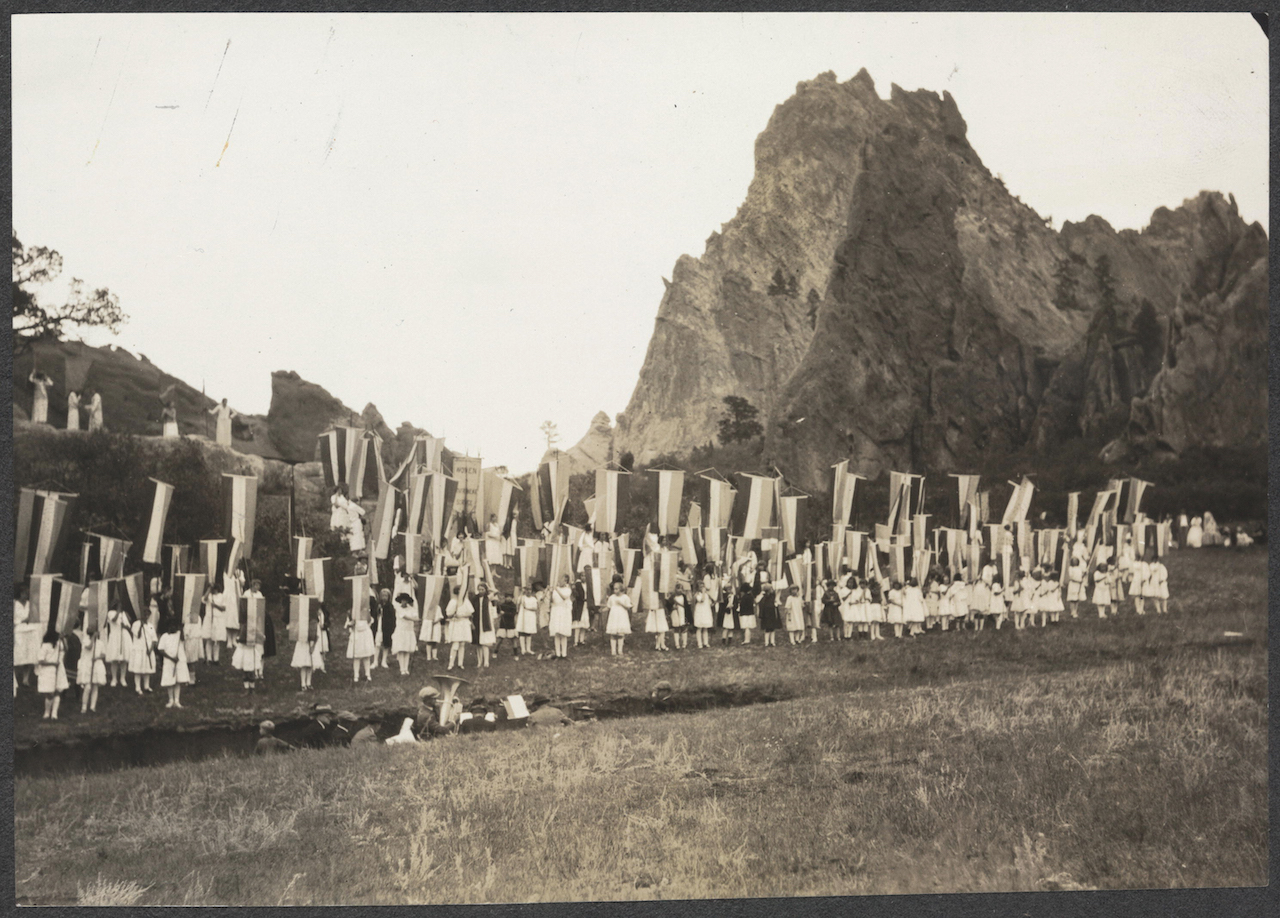
The Seneca Falls Convention was the first convention for women's rights in modern North America, according to the Journal of Women's History. This event, held in New York, saw the attendance of 300 people, who were mainly local, according to the journal The Wilson Quarterly.
Among the issues of equality in jobs, religion, education and politics, they debated the issue of having to follow laws dictated by men. This convention gained press coverage and recognition across the U.S. and became a regular and more popular affair over the years.
Oct. 23-24 1850: National Woman's Rights Convention
The first of these annual meetings took place in Worcester, MA, according to the book "Lucy Stone: Pioneer of Woman's Rights". This was led by both men and women and drew in a crowd of over 1,000 people. Paulina Wright Davis addressed the crowd, saying: "It is one thing to issue a declaration of rights, but quite another thing to commend the subject to the world's acceptance." This gathering took place every year for the next decade — with the exception of 1857 — to try to apply this equality.
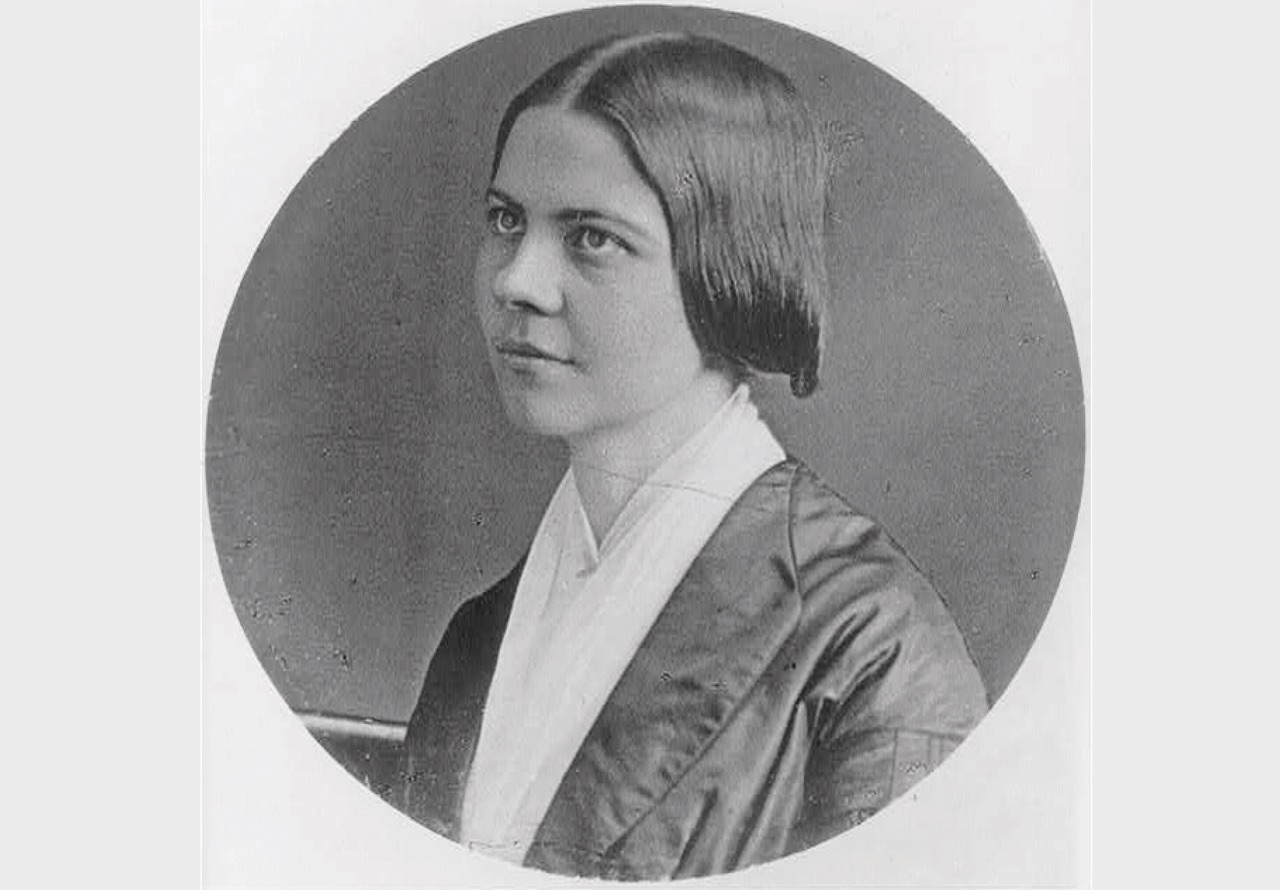
May 1866: American Equal Rights Association formed
This association aimed for equal rights for all U.S. citizens. While especially focused on votes for women at this time, it also tackled inequality based on race, according to American History USA. They made a pledge at the 11th National Woman's Rights Convention to achieve suffrage for women of all races.
Get the world’s most fascinating discoveries delivered straight to your inbox.
Nov. 19 1868: Demonstrations begin
During the presidential election, women were expected to sit back and let the men decide who would run the country. However, in New Jersey 172 women voted anyway, according to the Public Broadcasting Service (PBS), bringing their own ballot box with them. Although their votes still weren't counted, by voting in a separate box their votes served as a powerful demonstration.
1890: Society plan
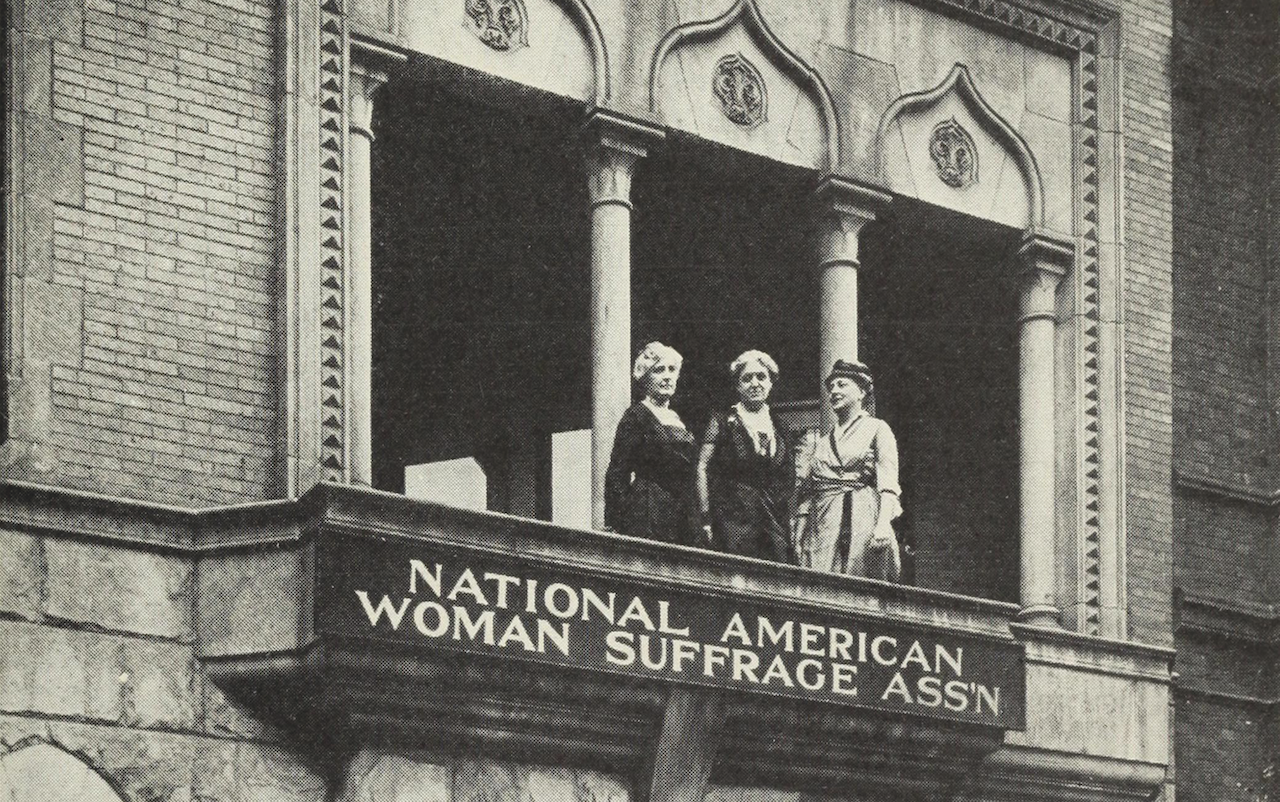
Following the merging of the American Woman Suffrage Association and the National Woman Suffrage Association, the National American Woman Suffrage Association was formed. The group's new president put in place a structure to recruit more privileged members, according to the book "Women in the American Political System". The thought was that this would increase their status, but this led to racial inequality within the groups — a step backwards in the aim to grant women of all races equal voting rights.
May 21 1910: First large-scale parades
On the streets of New York City, hundreds of women took to the streets in a parade of protest, according to the National Women's History Museum. Later suffrage parades would soon rise to thousands of participants each year. This proved hugely successful in publicising the issue and recruiting more protesters. The parade was even given official city permission to become a recurring event.
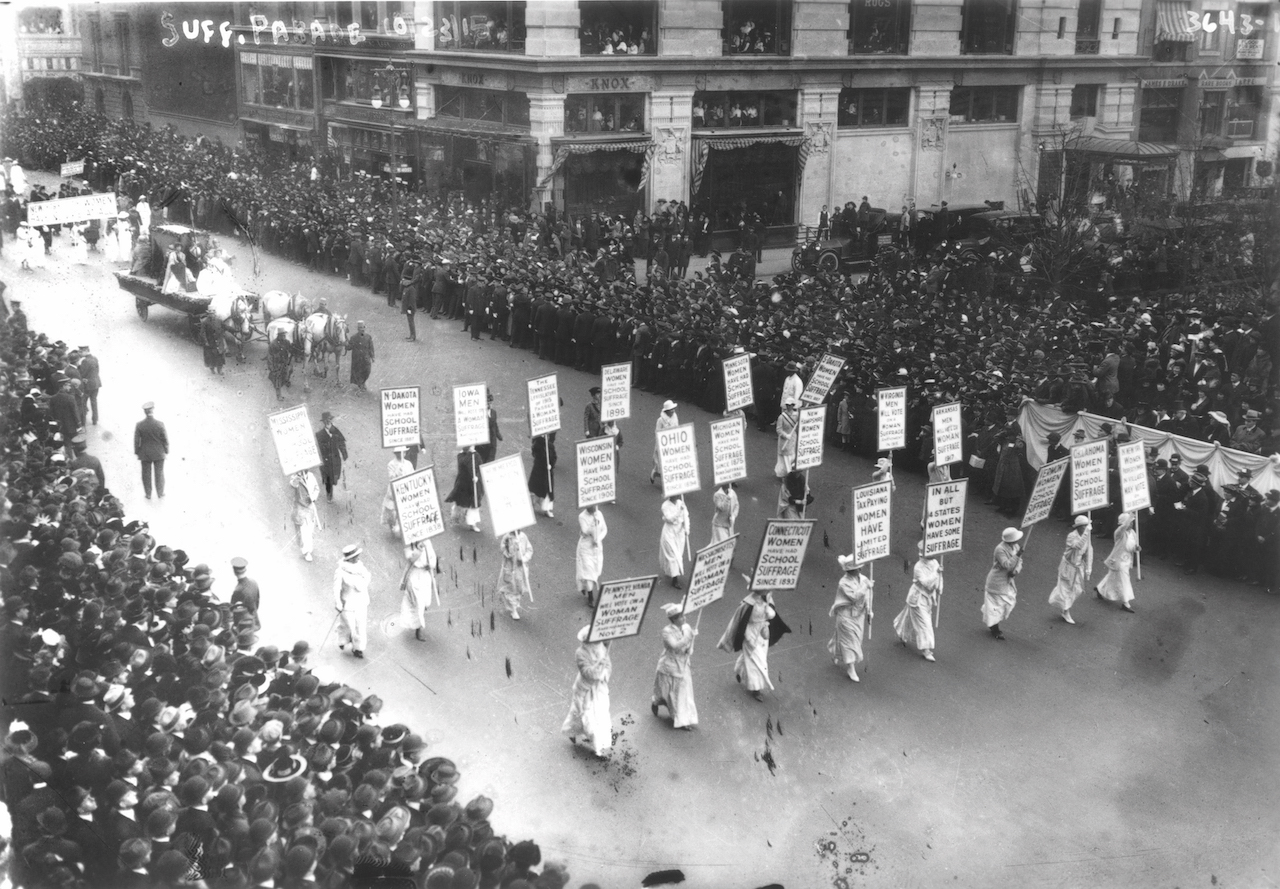
Dec. 2 1916: Petition dropping
With thousands of petition signers on board, how do you make sure the president pays attention to your efforts? Activists in 1916 discovered one way to do this was to literally drop petitions onto President Woodrow Wilson. The way they achieved this was by flying over his yacht armed with their well-earned signatures, according to The History Center.
A month later the National Woman's Party protested in front of the White House for six days a week, standing their ground in the face of violence from the public, police arrests and bad weather.
Jan. 9 1918: Presidential support
Having succeeded in capturing the president's attention, he finally announced his support for women's suffrage, according to the journal Political Science Quarterly. The next day the House of Representatives voted, with two-thirds in favour of the amendment.
When later addressing the Senate, it became clear that the president's opinion of women had changed significantly due to their vital roles in World War I. As part of his speech he said: "We have made partners of the women in this war... shall we admit them only to a partnership of suffering and sacrifice and toil, and not to a partnership of privilege and right?"
Aug. 26 1920: Women gain the vote
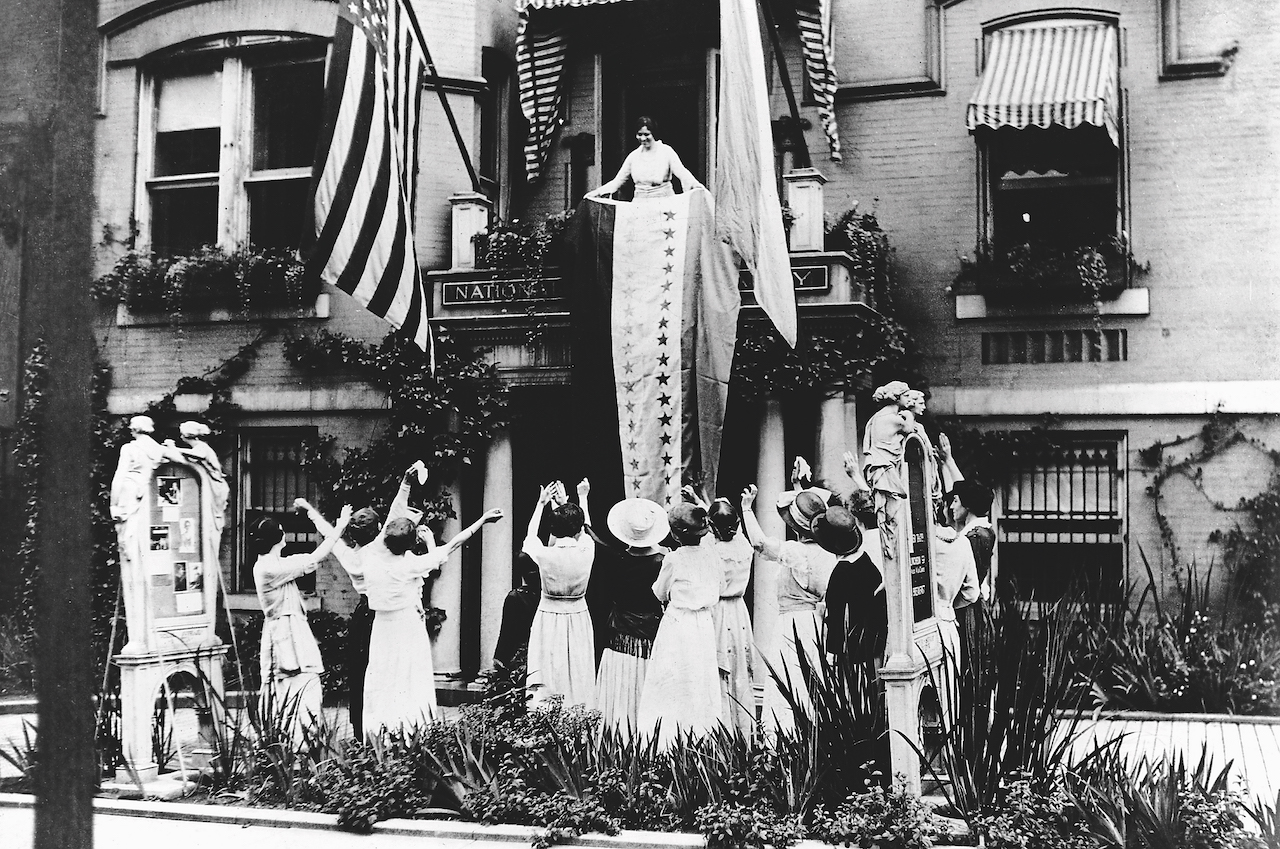
After states across the U.S. had introduced the new law one by one, it was on this day that the 19th Amendment was signed into law, according to the Iowa Department of Cultural Affairs.
This amendment guaranteed every American woman in every state the right to vote. While some of the early activists never got to live to see the success of what they began, this victory meant that their strength and determination was not in vain, and that American women would no longer have to live by the laws dictated to them by men.
5 influential suffrage speakers

Sojourner Truth
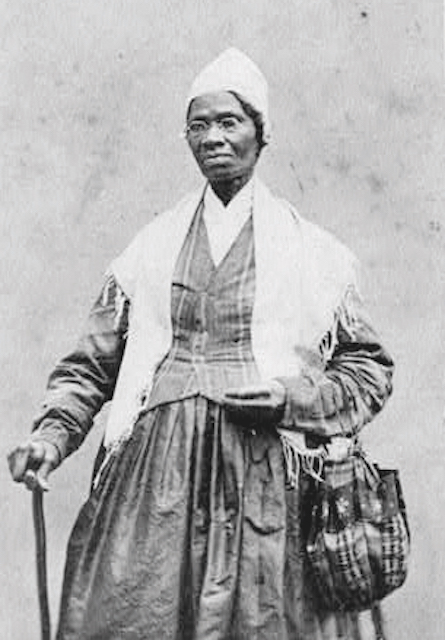
As an African-American woman who was owned as a slave for around 28 years, Sojourner Truth had known a life of inequality, according to Columbia University. The speech she made at the 1851 Women's Rights Convention became her most famous, proving what women are capable of. She said: "Look at me! Look at my arm! I have ploughed and planted… and no man could head me. And ain't I a woman?"
Elizabeth Cady Stanton
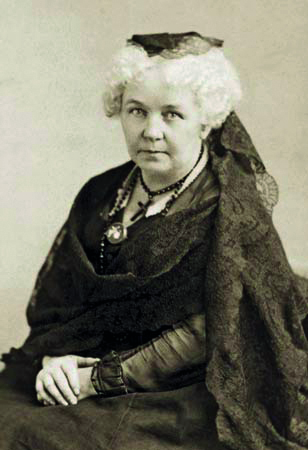
While at an anti-slavery convention in 1840, Stanton met Lucretia Mott; together they planned to organise a women's rights convention. It was this pair who organized the Seneca Falls Convention eight years later, according to the Library of Congress. At this event, Stanton addressed the crowd: "Man cannot speak for us because he has been educated to believe that we differ from him so materially that he cannot judge of our thoughts, feelings and opinions by his own."
Susan B. Anthony

After she was arrested and fined $100 for voting in the 1872 presidential election, according to Smithsonian Magazine, Anthony made a speech explaining she had not committed a crime, but "exercised [her] citizen's rights". She continued to express that it was "a downright mockery to talk to women of their enjoyment of the blessings of liberty while they are denied the use of the only means of securing them... the ballot".
Emmeline Pankhurst
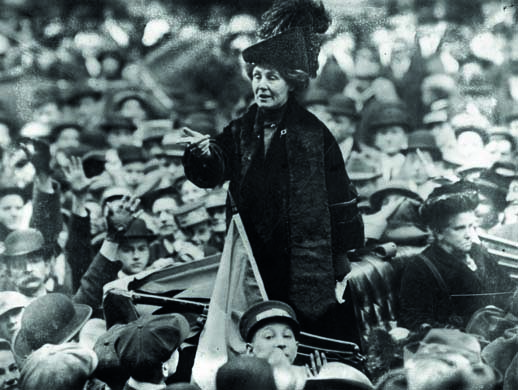
"I am here as a person who, according to the law courts of my country, it has been decided, is of no value to the community at all." These were the words spoken by Pankhurst, leader of the Women's Social and Political Union in the UK, according to the Iowa State University. She traveled to Connecticut to address an audience in November 1913.
Anna J. Cooper
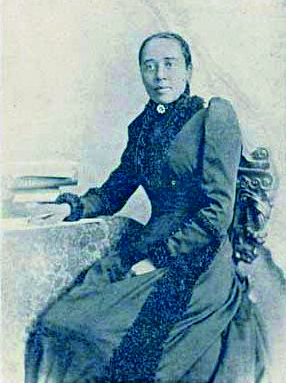
In 1893 at the World's Congress of Representative Women, Cooper spoke of women's ability to put aside their differences to win rights they were all entitled to, according to the University of New Mexico.
In her speech she said: "[Not till] the pursuit of happiness is conceded to be inalienable to all; not till then is a woman's lesson taught and a woman's cause won — not the white woman's, nor the black woman’s, not the red woman's, but the cause of every man and every woman who has writhed silently under a mighty wrong."
Additional resources
To learn about the suffragettes who won the right to vote for British women, you can watch this video by the BBC. You can view some letters and other primary sources from the women's suffrage movement at the National Archives website.
Bibliography
- "From 19th Amendment to ERA: Constitutional Amendments for Women's Equality". Insights on Law and Society (2019-2020). https://heinonline.org/HOL/LandingPage
- "The Seneca Falls Women's Rights Convention: A Study of Social Networks". Journal of Women's History (1991). https://muse.jhu.edu/article/362977
- "Act One" The Wilson Quarterly (1986). https://www.jstor.org/stable/40257059
- "Lucy Stone: Pioneer of Woman's Rights". Blackwell, A.S. University of Virginia Press (2001). https://books.google.co.uk/books
- "Women in the American Political System: An Encyclopedia of Women as Voters, Candidates, and Office Holders" Bystrom D. G. (2018). https://books.google.co.uk/books
- "Woodrow Wilson, Alice Paul, and the Woman Suffrage Movement". Political Science Quarterly (1984). https://www.jstor.org/stable/2149723
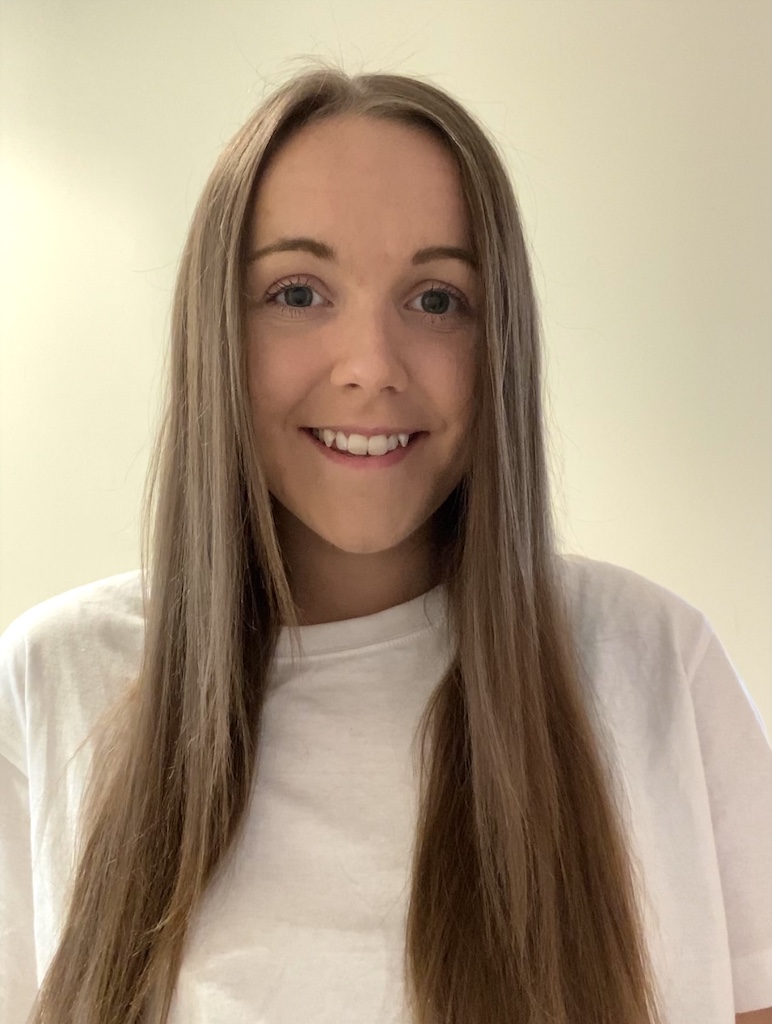
Ailsa is a staff writer for How It Works magazine, where she writes science, technology, history, space and environment features. Based in the U.K., she graduated from the University of Stirling with a BA (Hons) journalism degree. Previously, Ailsa has written for Cardiff Times magazine, Psychology Now and numerous science bookazines. Ailsa's interest in the environment also lies outside of writing, as she has worked alongside Operation Wallacea conducting rainforest and ocean conservation research.


